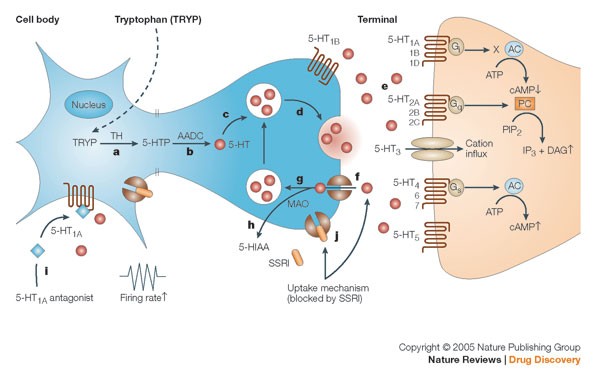Reference




OpenAI's Answer
Nisoxetine, developed by Eli Lilly, was initially explored as a non-tricyclic antidepressant. It is the most potent and selective inhibitor of the norepinephrine transporter known, but it currently has no clinical applications in humans.
Although primarily researched for its potential as an antidepressant, nisoxetine has found its niche in scientific research rather than direct medical applications. It is widely used in studies regarding neurotransmitter systems, particularly due to its selective inhibition of norepinephrine uptake source.

For a brief period, nisoxetine was examined for various psychiatric disorders due to its influence on norepinephrine levels. However, it did not advance beyond experimental stages into regular therapeutic use due to the emergence of more effective alternatives, such as reboxetine and other norepinephrine reuptake inhibitors source.
In summary, while nisoxetine held promise as an antidepressant, it was ultimately set aside in favor of other compounds with better efficacy and safety profiles.
Follow Up
Related
When was the Bowman's Creek Branch railroad abandoned?
Why was the Wilson Project abandoned after June 1987?
Why was the signal station on Little Round Top abandoned?
What did the abandoned Beacon Park Yards allow for MBTA service?
What is the historical significance of the Terminal Classic period at Tikal and Uaxactun?